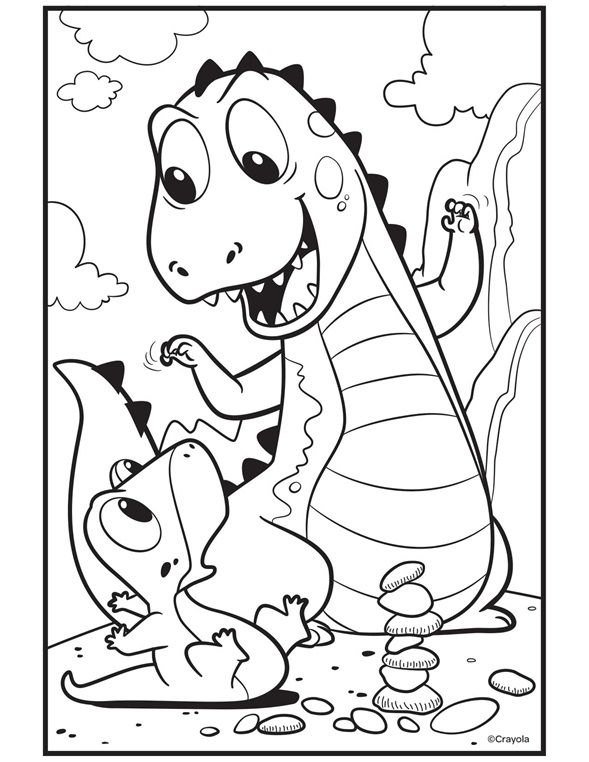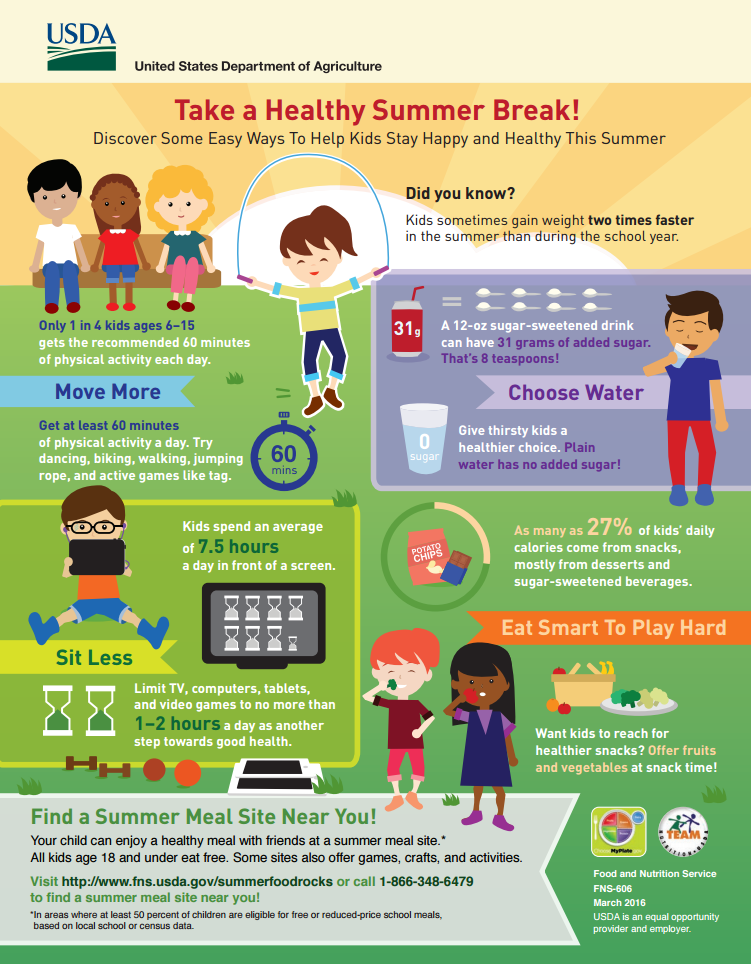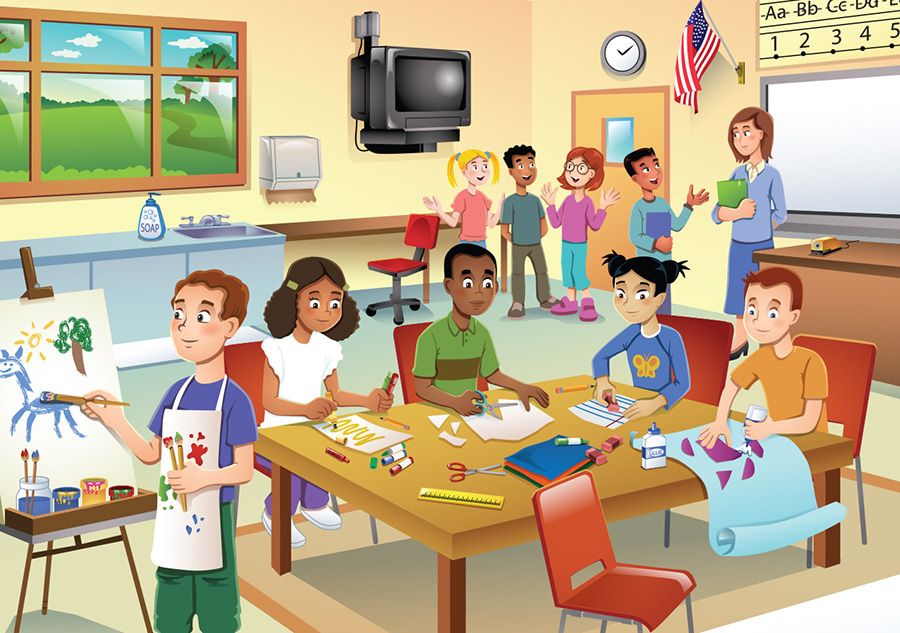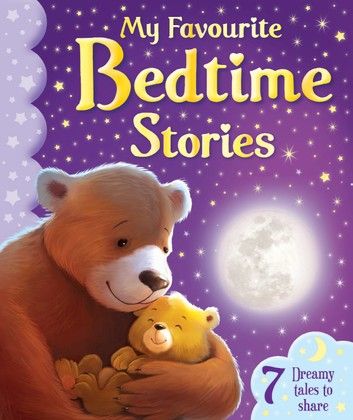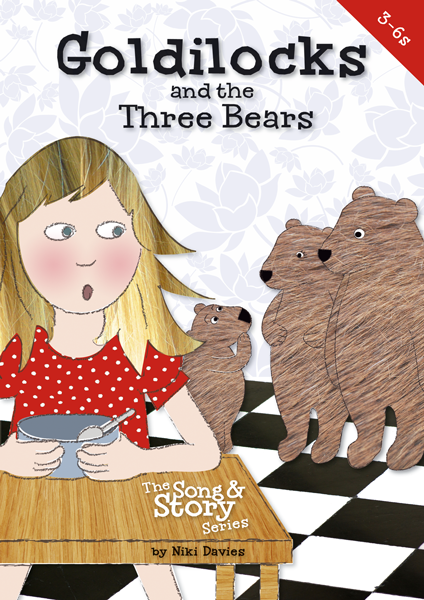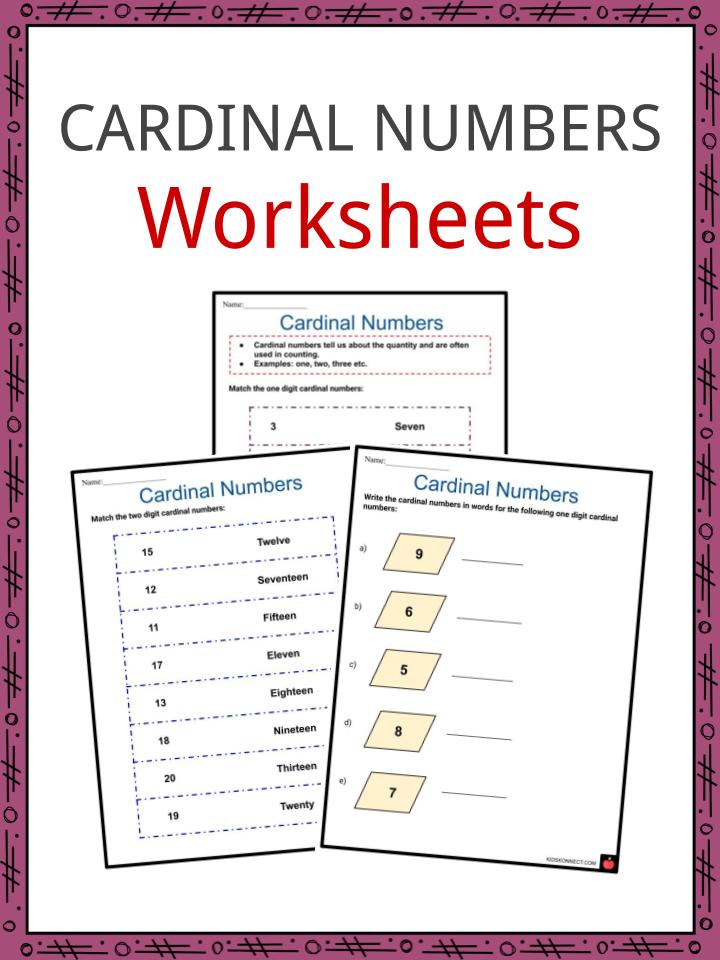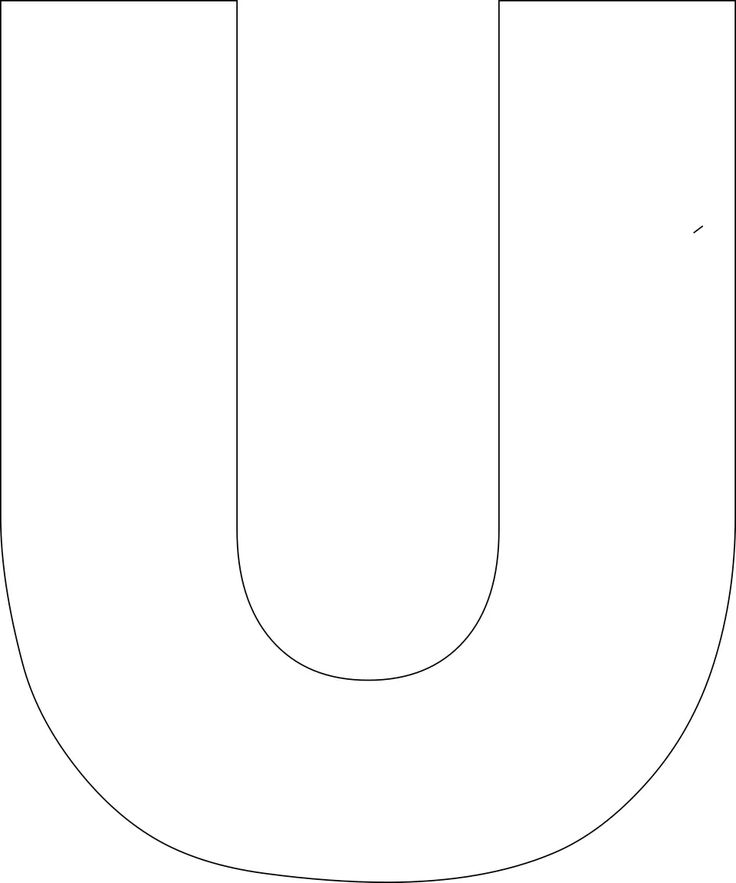Printable dinosaur story for kids
Earthshaker by Emma Laybourn. A free online, printable dinosaur story for kids
by Emma Laybourn
Chapter One
BOOM...BOOM...BOOM...
The earth shuddered.
Trees shook, dropping leaves on the tidy nest below.
The nest belonged to an iguanodon. As the eggs rolled around, their mother Brenda steadied them with a claw.
'What on earth?' she wondered.
BOOM...BOOM...
Then, through the trees, appeared the biggest dinosaur she had ever seen. It was like a grey mountain on legs. It had a long, long, neck and a long, long tail.
'Who are you?' asked Brenda.
The long neck snaked towards her. Weak eyes in a little head gazed at her.
'I'm Seismosaurus,' said the enormous dinosaur, in a voice so tiny she could hardly hear it. 'I've come to live here.'
'Sei - Seis - ' tried Brenda.
'It means Earthshaker,' said the dinosaur. 'Call me Sizo if it's easier.'
'Well, Sizo, could you please tiptoe?'
'All right,' whispered the dinosaur. He took two more steps.
BOOM...BOOM...
Pteranodons fell out of the trees. A group of hadrosaurs began trumpeting in alarm.
George, the old triceratops, came to see what was going on.
'I can't sleep for the noise,' he grumbled.
'It's Sizo here,' said Brenda. 'He's a little bit, um, heavy-footed.'
'Can't you tiptoe?' demanded George.
'I am tiptoeing,' said Sizo in his tiny voice.
'Hmph!' snorted George. 'What a racket! I hope he's not staying.'
'Oh, please let me stay,' begged Sizo. 'I've been alone for ages. I want to live with other dinosaurs.'
'Give him a chance, George,' said Brenda kindly. 'You can see he's a plant-eater. He's not going to eat us, are you, Sizo?'
Sizo shook his head. 'I'll only eat the highest leaves,' he whispered, 'the ones you can't reach.'
'Hmph! All right,' grunted George. 'But only if you remember to tiptoe!'
Chapter Two
So Sizo settled into his new home.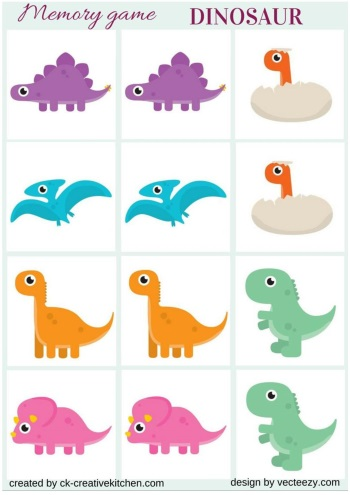
He liked the other dinosaurs. But he wasn't really happy.
He worried about making too much noise. Although he walked as quietly as he could, his footsteps made the earth tremble. The other dinosaurs blocked their ears and grumbled.
'Tiptoe!' George would bellow.
Sizo tiptoed, but that wasn't any quieter. In the end, it was easier not to walk at all. He just stood in one place for most of the day, eating whatever he could reach.
And life was peaceful, for a while.
Until -
BOOM...BOOM...BOOM...
The ground shuddered. Brenda's baby iguanodons tumbled over and began to cry. The hadrosaurs wailed in protest.
George came storming out of the forest.
'Oy, Sizo!' he roared. 'I told you to tiptoe!'
'But it's not me,' protested Sizo.
'It's true,' said Brenda. 'Sizo isn't moving.'
The dinosaurs stared at Sizo. He stood quite still; yet they could hear thuds and crashes.
'It must be another big dinosaur,' said George uneasily.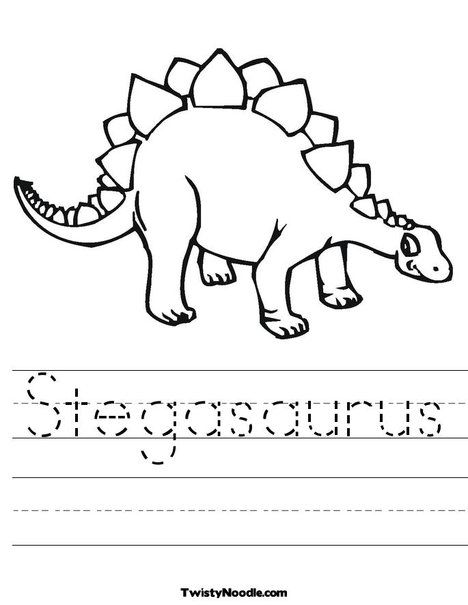 'Another Sizo.'
'Another Sizo.'
'Oh, no!' said Brenda. 'Come with me, children. You don't want to get trampled on!'
All the dinosaurs hurried away into the forest - all except Sizo.
'Another Seismosaurus!' he thought excitedly. 'Another Earthshaker! I wonder if it will be my friend?'
So he set off joyfully towards the noises to find out.
As he walked, the earth shook harder. The crashes grew louder. He could smell a strange, fierce, burning smell.
'Funny dinosaur, this,' thought Sizo.
He came round a bend, and stopped. Ahead of him a hump rose out of the forest.
'That's a huge dinosaur!' he thought.
The ground beneath him trembled.
'It's an Earthshaker all right,' said Sizo.
Then he saw that smoke was billowing from the hump. Down its side ran a glowing river of red.
'It's bleeding!' he whispered.
The thick red river flowed past a tree. It ripped it up, and threw it down with a crash.
Sizo blinked at the river with his small, weak eyes.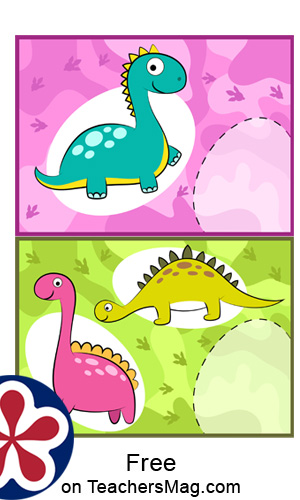 It wasn't blood. It smelt of rock, and it was smoking.
It wasn't blood. It smelt of rock, and it was smoking.
'I don't think that's a dinosaur at all!' he said.
The smoking river hissed and sizzled. Two more trees thudded to the ground, and burst into flames.
The river did not stop. It kept on flowing through the forest.
'Oh, no! It's heading for our home!' gasped Sizo. 'I'd better warn the others!'
He plodded back as fast as he could. There was no-one around. Sizo cleared his throat, and shouted.
'Danger!'
It was a tiny shout. He tried again.
'DANGER!'
Still nobody heard him.
'Help!' thought Sizo. 'Whatever can I do?'
Chapter Three
Nobody could hear Sizo's voice.
But he knew that everyone could hear his feet. So he began to dance.
He started with big, slow steps. Then he danced higher and higher, faster and faster.
Trees dropped their branches. The ground began to crack. And Sizo kept dancing.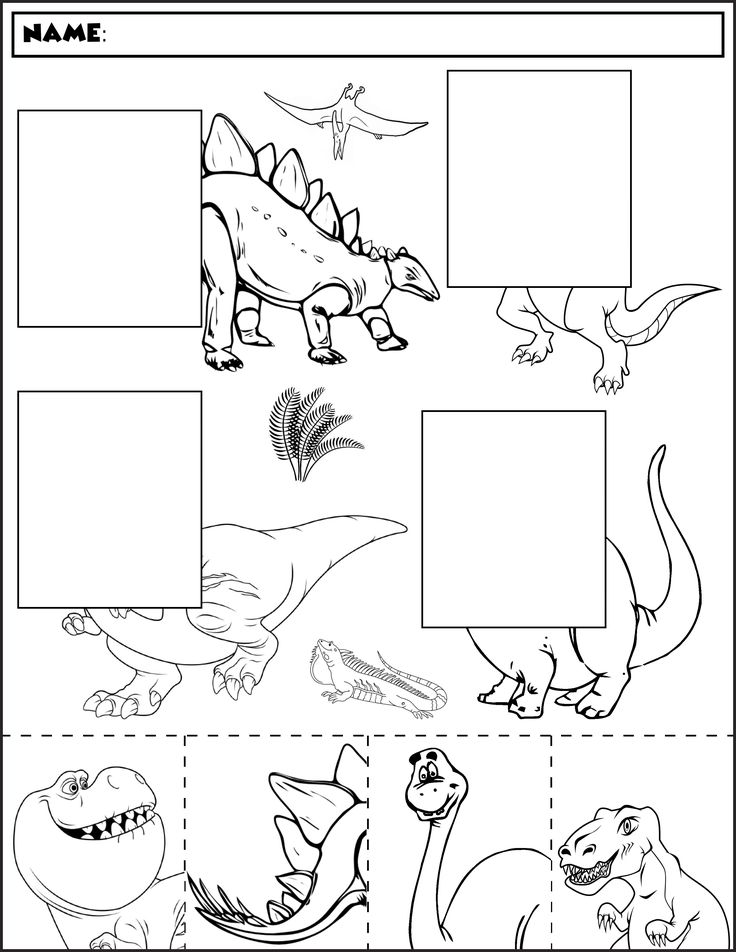
All the other dinosaurs rushed up to stop him.
'I said TIPTOE!' yelled George.
'Sizo, what do you think you're doing?' cried all the dinosaurs.
'I'm dancing,' whispered Sizo.
'Dancing?' said George. 'That's it! You're banned!'
'But there's danger coming!'
'Danger?' said Brenda. 'Where?'
'There's a river of fire coming towards us. It's flowing out of a hill and burning everything up!'
'What?' cried Brenda. 'That's a volcano! We must get out of the way.'
The dinosaurs didn't wait to hear any more. Together, they thundered through the trees. A cloud of smoke followed them. Behind them, burning branches crackled and crashed to the ground.
'Where are we going?' wailed George.
'We need to get to higher ground,' said Brenda.
But her babies began to squeal. Hot ash was falling like rain.
'It's burning us, Mum!' they cried.
'Quick!' said Sizo. 'Come and shelter under me.'
The baby iguanodons crept beneath Sizo.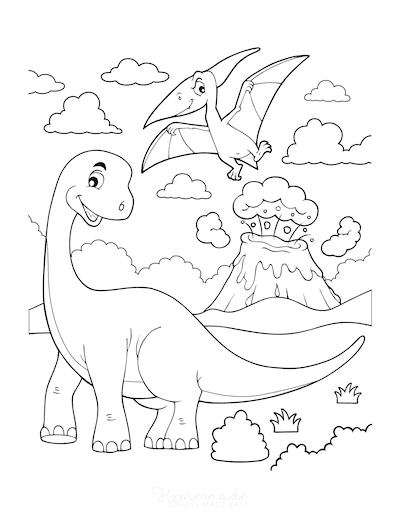 His huge bulk kept the hot ash off them while they walked.
His huge bulk kept the hot ash off them while they walked.
'You'll stand on them!' protested George.
'No, I won't,' said Sizo. He had had so much practice at tiptoeing that he never once trod on a baby's tail.
The dinosaurs climbed to the top of a hill and left the smoke and ash behind.
At last they stopped. Brenda's babies peered out from under Sizo.
'Is it safe yet?' panted George. 'I can't see.'
'Let me look.' Sizo craned his long neck over the treetops. 'Yes, we're safe here,' he said.
'Thanks to you!' said Brenda, gathering her children round her. 'Sizo, you're a real friend.'
'Am I?'
'The best. From now on, you can thump all you like. We won't complain.'
'Yes, we will!' said George.
The other dinosaurs glared at George. He coughed.
'Er, sorry. Thump away, Sizo. You can even dance if you want.'
'All right!' whispered Sizo happily. 'But I promise that I'll only dance on tiptoe!'
THE END
Would you like another dinosaur story?
Try Elly and Aargh!
or King of the Killers.
Copyright © 2012 Emma Laybourn
FREE Printable Dinosaur Emergent Reader
Do you have any dinosaur fans in your classroom or home? I always have at least a few each year, and I try to build off that interest if I can. This free Dinosaur Emergent Reader is perfect for that! It’s fun for kids to read, color, and keep. I have a TON (over 2,000!) of children’s books, so I definitely like to have some great dinosaur activities for my dino lovers to pair with the dinosaur books in my collection!
*Pair with our Fluency Passages for Early Readers Bundle Pack!
Dinosaur Emergent Reader
“Dino-Count!” is great for beginning readers. It focuses on sight words (I, see), number words 1-6, and color words, too!
It is set up with repetitive phrasing, which helps young readers feel successful as they start to get the rhythm of the story.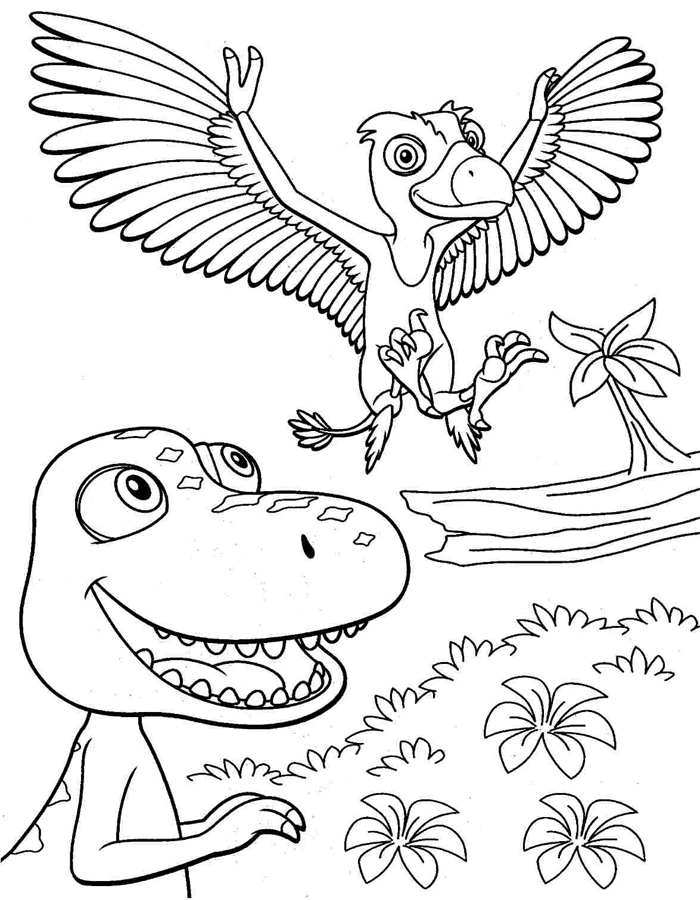 This is especially helpful for students who are not yet decoding or blending sounds into words. This is also a great way to practice tracking print!
This is especially helpful for students who are not yet decoding or blending sounds into words. This is also a great way to practice tracking print!
How to Prep
This book is super easy to prepare! Simply print it double sided, cut in half, and staple. Printing one set gives you two books! Grab the crayons or markers and you’re all set to go!
I love that I can run off books for my whole class and it doesn’t take too long. (Because we know that we teachers don’t have a ton of time to deal with the copy machine!)
How to Use the Emergent Reader
In this dinosaur book, kids read the number words (the pictures support them with that) and also the color words. They color the dinosaurs to match the word.
Teacher Tip: It may be helpful for students to highlight or circle the words in the story first to really help them see what color that word represents.
On the last page of the book, students get to add their own twist to the story by choosing the color of the dinosaurs! We have posters in our room where students can look for their color and see how to spell the color word.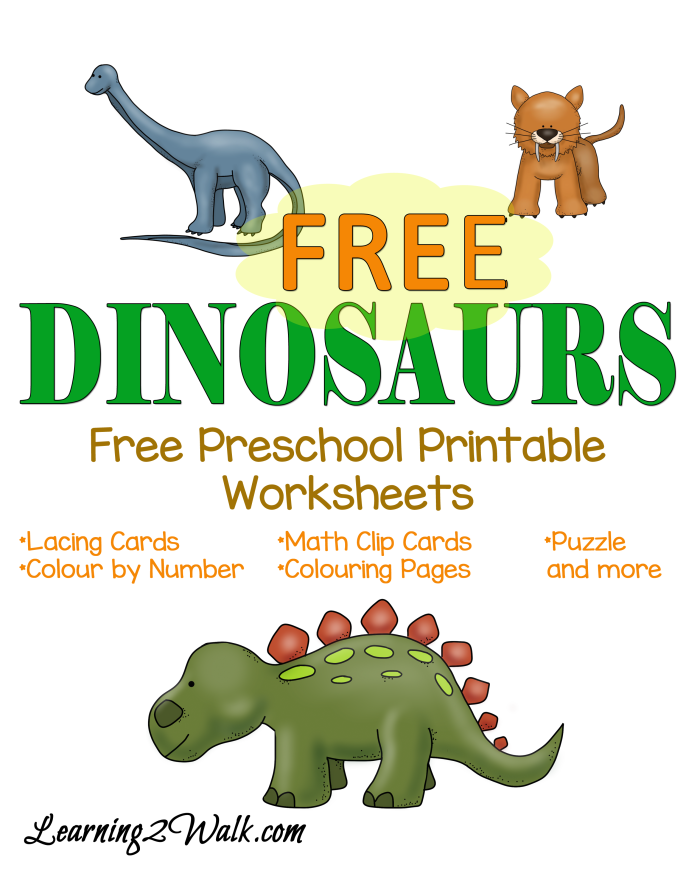
If you don’t have something like this available for reference, you could help your child or students with writing the color word. They could also look at their crayon wrapper to help them spell it (if they are generic colors and not the really long crayon names, even though those are fun!).
Grab Your FREE CopyReady to count and color those dinos? You can grab your own free copy of the Dinosaur Emergent Reader by clicking the large, yellow download button below!
More Dinosaur Fun
For even more awesome dinosaur fun, check out these activities from some amazing kid bloggers!
FROM LEFT TO RIGHT:
Dinosaur Matching Puzzles Free Printable // Powerful Mothering
Dinosaur Playdough Kit // Mama. Papa. Bubba.
Dinosaur Counting Cards // The Kindergarten Connection
Dinosaur Matching // Coffee Cups and Crayons
Dinosaur Guessing Game // Play & Learn Everyday
Free Editable Dinosaur Name Plates // Fairy Poppins
Free Dinosaur Number Puzzles // Playdough to Plato
Dinosaur Egg Colour Matching // Teach Me Mommy
How to Stomp Out Dinosaur Sized // Sugar Aunts
Dinosaur Colours and Numbers Busy Bag // Adventures of Adam
Dinosaur Emergent Reader // The Kindergarten Connection
Free Dinosaur Subitizing Game // Fairy Poppins
Dinosaur Sensory Bottle // Simple Play Ideas
Dinosaur Letter Tracing // Modern Preschool
(Not Shown) Dinosaur Busy Bag // Study at Home Mama
- Author
- Recent Posts
Alex
Founder at The Kindergarten Connection
Alex is a Transitional Kindergarten teacher with a passion for making learning fun and engaging.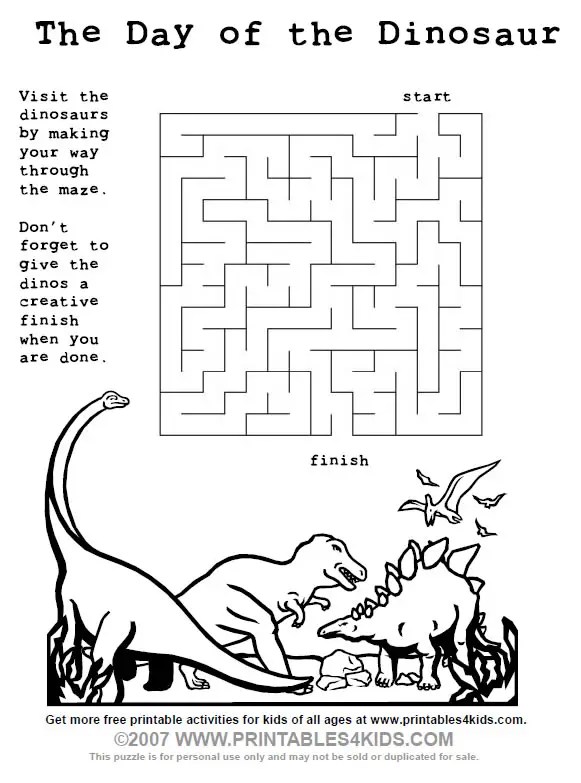 She's earned a Bachelors degree in Elementary Education, and Masters Degrees in Special Education and Curriculum Design. Alex is a former night owl turned early bird and playful learning enthusiast. Alex lives with her husband and their beloved and high-energy cat, Fitz.
She's earned a Bachelors degree in Elementary Education, and Masters Degrees in Special Education and Curriculum Design. Alex is a former night owl turned early bird and playful learning enthusiast. Alex lives with her husband and their beloved and high-energy cat, Fitz.
Latest posts by Alex (see all)
Reader Interactions
Dinosaurs for kids - interesting facts about dinosaurs
It is inexplicable but true: many children love dinosaurs. Perhaps because these are semi-fabulous giant creatures and they no longer frighten at all, since they have long since died out. What is known about dinosaurs: what were they like, when and how long did they live, what did they eat and why did they disappear from the face of the Earth? So, in order.
Who are dinosaurs and what did they look like?
"Dinosaur" is translated from Greek as "terrible lizard". These are scaly creatures that walked on two or four legs and laid eggs. Dinosaurs lived on the planet for 160 million years. They lived everywhere: from Asia to Antarctica. The remains of dinosaurs were also found in Russia - in the Urals, in the Krasnoyarsk Territory, in Yakutia.
They lived everywhere: from Asia to Antarctica. The remains of dinosaurs were also found in Russia - in the Urals, in the Krasnoyarsk Territory, in Yakutia.
Before them, more than 4 billion years ago, the Earth was inhabited by more primitive organisms: algae, mollusks, later - fish.
In total, scientists have studied more than a thousand species of dinosaurs. They were very different from each other: some - with sharp claws and spikes on the body, others - with horns.
Many people mistakenly think that all dinosaurs were huge. Indeed, some reached the size of a five-story building, but there were also tiny ones - the size of a chicken. It is customary to depict dinosaurs as gray or green, but in fact, scientists do not know exactly what color these creatures were. This is because dinosaur skin is extremely rare. It is believed that their color merged with the colors of the environment - so it would be easier for dinosaurs to hide from enemies.
Dinosaurs became extinct 65 million years ago.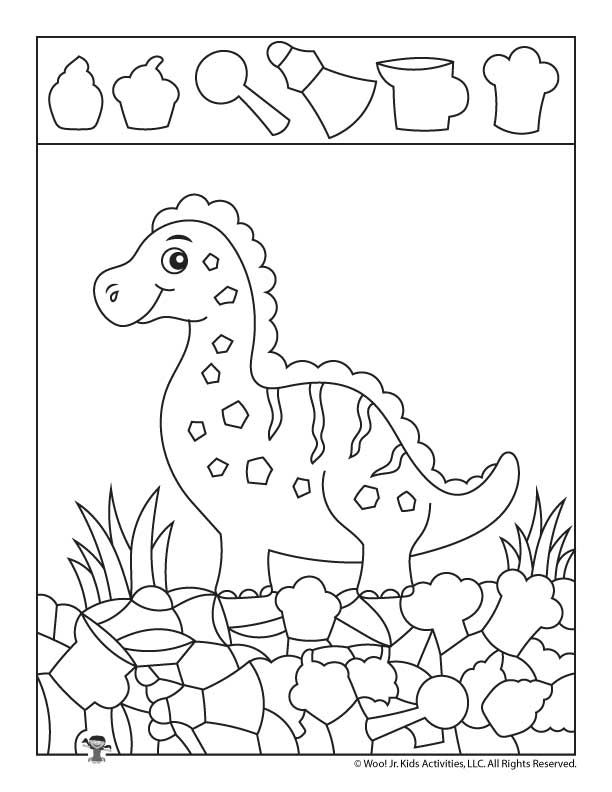 The fact that they once existed, it became known only in the 17th century. Dinosaur bones were first discovered by English scientist Robert Plot in 1677.
The fact that they once existed, it became known only in the 17th century. Dinosaur bones were first discovered by English scientist Robert Plot in 1677.
Why did dinosaurs become extinct?
Science does not know. There are several versions. The most common: the climate is no longer suitable for dinosaurs (became too cold or hot) or volcanic eruptions have poisoned the atmosphere.
What did dinosaurs eat?
Despite their formidable appearance, many of them were not predators - they ate ferns, leaves, cones, flowers and fruits from trees. In those days, the Earth was humid and hot and favorable conditions were created for the growth of numerous plants, so that herbivores did not have to starve.
But there were also carnivorous dinosaurs, who hunted animals and ate their eggs. Some of them could not chew and swallowed stones so that the food itself was ground in the stomach.
The main task of dinosaurs was to get food and at the same time protect themselves from predators.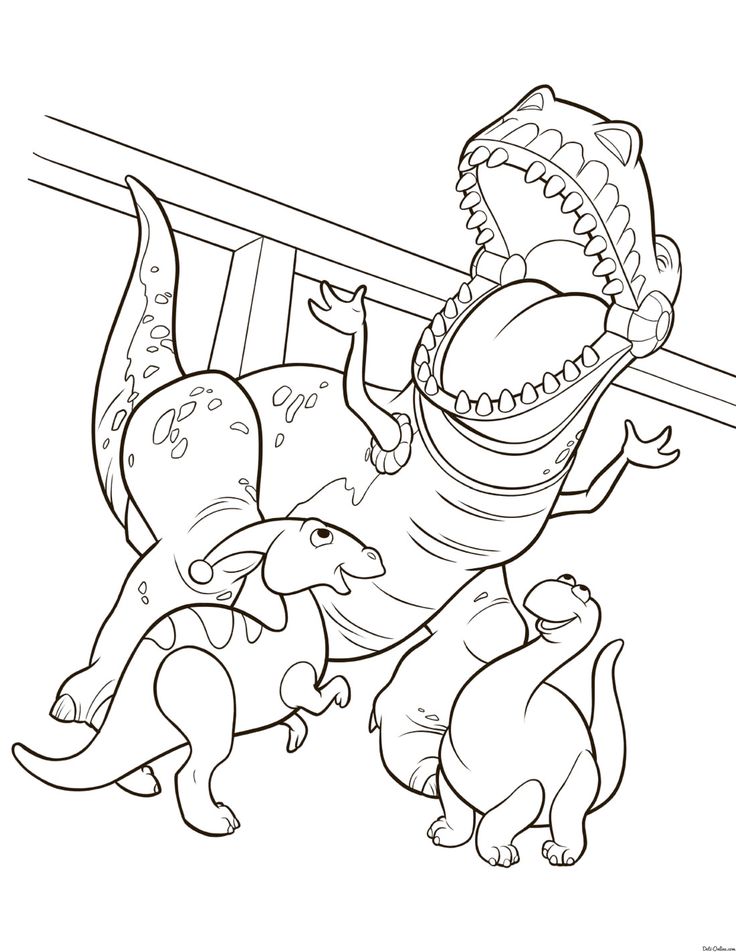 Herbivores defended themselves with horns and spikes, carnivores had teeth and claws.
Herbivores defended themselves with horns and spikes, carnivores had teeth and claws.
How long did dinosaurs live?
There is no exact answer to this question either. Scientists think that large dinosaurs lived for a relatively long time - up to 300 years, and small ones - up to about 20.
In any case, even long-lived dinosaurs did not catch the appearance of man on the planet: people began to inhabit the Earth only 64 million years after their extinction.
Who studies dinosaurs and how?
This is done by paleontologists - people who specialize in studying the remains of extinct organisms. They work both in excavations - in places where fossils were found - and in laboratories. These scientists search, extract from the ground, and then carefully study the bones of ancient animals.
In laboratories, paleontologists find out how the creatures that own the found bones lived and hunted, and determine their age. Sometimes conclusions have to be drawn with only a couple of bones, or even one at all.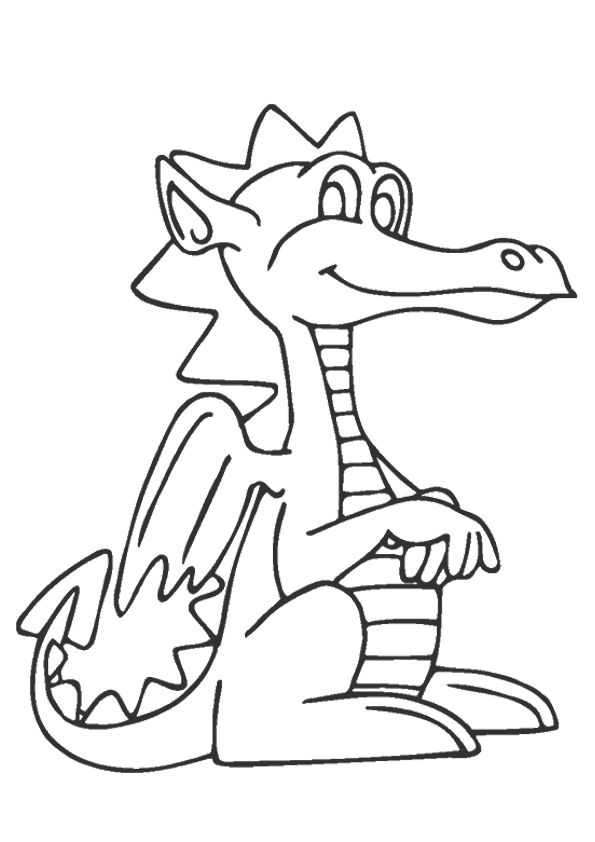
In addition, specialists make copies of bones, from which skeletons are then assembled and exhibited in museums.
Paleontologists also study fossilized footprints left by dinosaurs. To understand what kind of animal left the footprint, scientists find out the “age” of the rock where they found this print, and compare the shape of the fingers and feet with the appearance of the dinosaurs that lived in that era.
Paleontologists give names to dinosaur species, often based on the name of the area where the bones were found.
What types of dinosaurs are there?
As already noted, there are more than a thousand species. Let's take a closer look at the most famous ones.
Tyrannosaurus Rex
One of the largest predators of all time. He walked on two legs with two clawed toes on each, had a large skull and a long heavy tail, teeth the size of bananas.
Some scientists believe that the Tyrannosaurus rex could not run and was clumsy, so it did not hunt, but ate only dead animals.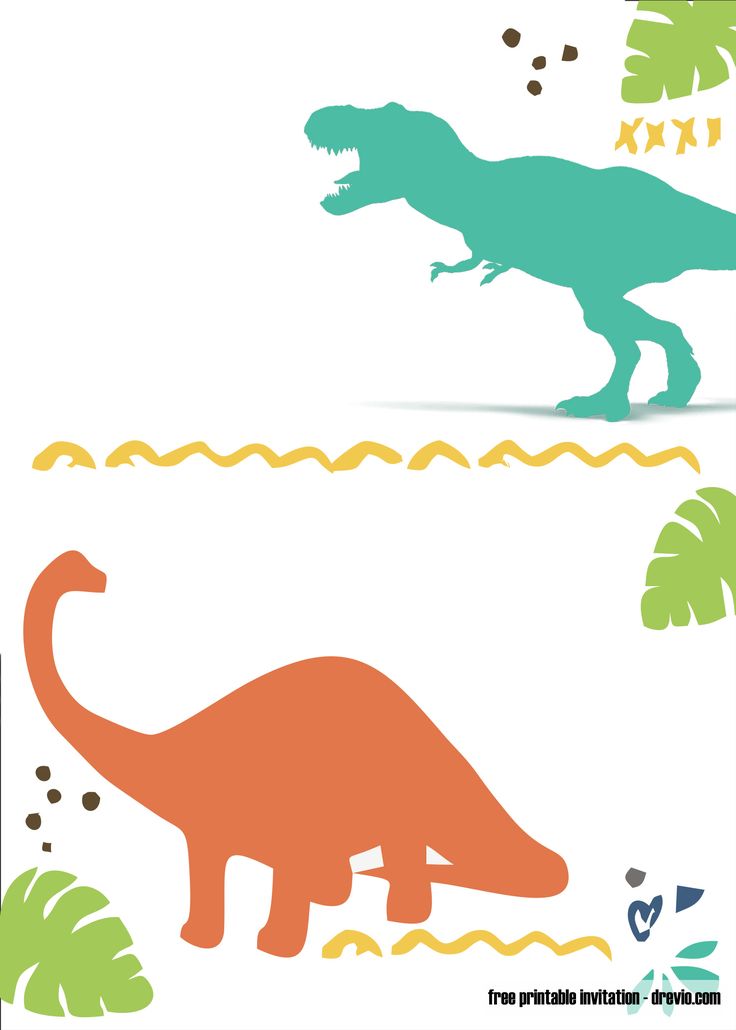 However, the more common view is that these dinosaurs were both predators and scavengers, stealing prey from others whenever possible. Tyrannosaurus was able to eat up to 150 kilograms of meat in one sitting, but then starve for several days.
However, the more common view is that these dinosaurs were both predators and scavengers, stealing prey from others whenever possible. Tyrannosaurus was able to eat up to 150 kilograms of meat in one sitting, but then starve for several days.
The skeleton of the largest tyrannosaurus rex was found in 1991 in the province of Canada. The length of the skeleton reached 13 meters, weight - almost 9 tons.
Ichthyosaurus
These are aquatic dinosaurs that look like dolphins: head fused with the body, very large eyes, fins. There are many teeth in the mouth. Ichthyosaurs weighed mainly up to 2 tons, reached several meters in length. Although species are known, the length of which reached 24 meters, and body weight - 40 tons.
The first ichthyosaur was found in Russia in 1821, while the largest accumulation of dinosaur bones of this species was found in Germany.
Ichthyosaurs were carnivorous - they ate fish and shellfish and hunted in packs. The cubs were born in the water and immediately knew how to swim.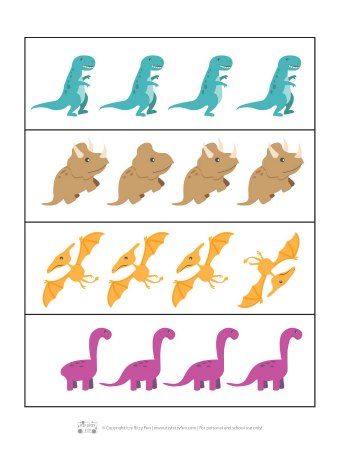 Ichthyosaurs did not go to land.
Ichthyosaurs did not go to land.
Stegosaurus
Distinctive feature - bone plates and spikes on the back and tail (to protect against attacks). These dinosaurs walked on four legs. They ate only tender leaves, because they had poorly developed jaws. Stegosaurus teeth were almost unsuitable for chewing. In order to assimilate even delicate plant food, the stegosaurus was forced to swallow stones - they frayed the plants in its stomach.
Stegosaurus reached 9 meters in length and weighed up to 9 tons - about the size of an elephant. The bones of these dinosaurs were first found in the United States in 1877.
Triceratops
Distinctive feature - three horns (one at the tip of the nose, two - above the eyes), bone "collars" on the head and a beak on the muzzle. "Collars" served to protect the head and shoulders, males scared off enemies with their horns and fought, including for females in the mating season, and cut branches of shrubs and ferns with their beaks.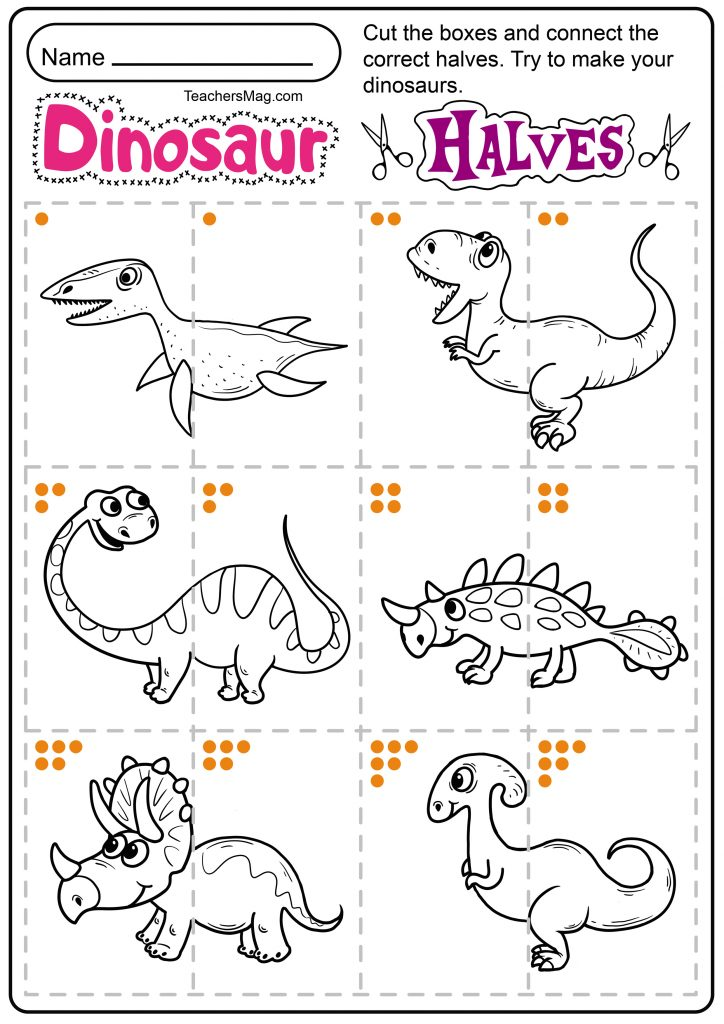
Outwardly, Triceratops are similar to rhinos, only larger - up to 3 meters in height and 9 in length, with an average weight of about 12 tons. Only the head reached a length of 2 meters. These dinosaurs had several hundred teeth in their mouths.
They ate plants, moved on four thick legs, lived in small groups.
Triceratops are one of the last dinosaurs on Earth. And their bones were first found in the United States in 1899.
Diplodocus
The most tailed dinosaur - with its 11-meter thin tail it drove away predators. And he also had a long neck, a small head with big eyes and long teeth, four paws. In length reached 30 meters.
Diplodocus ate plant foods. To cut off tall trees, they stood on their hind legs. And they also swallowed stones.
Diplodocus were herd animals, swam well and preferred to live in swamps - they came out on land only to eat and lay eggs.
Diplodocus lived on the territory of modern North America.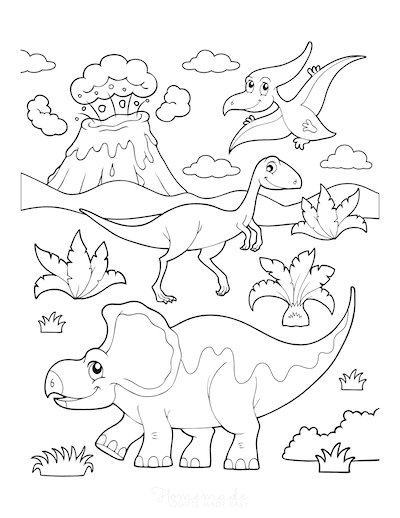 Fossilized dinosaur vertebrae of this species were first found in the USA (Colorado) in 1877.
Fossilized dinosaur vertebrae of this species were first found in the USA (Colorado) in 1877.
Velociraptor
These tiny, turkey-like creatures, by dinosaur standards, were about 1.80 centimeters long and weighed just 20 kilograms like a child. Velociraptor bones were first found in the Gobi Desert (Mongolia) at 1924 year.
It is not known exactly what these dinosaurs looked like: they were previously depicted as lizard-like, with green scaly skin, now it is believed that they had plumage like birds. Some even suggest that the feathers were multicolored. Surely scientists know that the Velociraptor had three fingers with sharp claws on the front limbs and four on the back.
Despite their modest size, velociraptors were dangerous and agile predators. They jumped on the victim, grabbed with their teeth and stuck their claws into it, inflicting mortal wounds.
Velociraptors became "trendy" after the 1993 Jurassic Park movie. By the way, there they look huge and hunt in packs.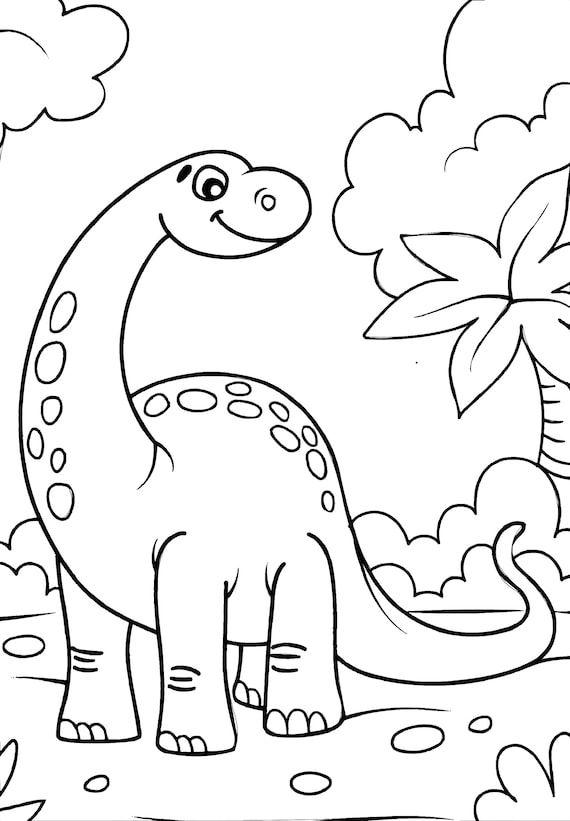 Both are inventions.
Both are inventions.
Pterodactyl
Many consider pterodactyls to be dinosaurs, and they are wrong. Pterodactyls are pterosaurs, or winged lizards, relatives of dinosaurs. Unlike dinosaurs, pterodactyls could fly. Of modern animals, they were similar in appearance and habits to birds and bats.
The forelimbs of pterodactyls turned into wings (span reached 8 meters), the body was covered with fur. Some had a tail, not all had teeth. Pterodactyls were distinguished by long clawed limbs.
These pangolins lived like modern birds: in flocks, they flew during the day and looked for food, at night they slept upside down, clinging to tree branches.
The method of subsistence depended on the size of the pterodactyl. Small ones, the size of a crow, ate insects, larger ones - fish and lizards. Some pterodactyls were two meters long and one and a half meters high and weighed more than 75 kilograms.
It is believed that pterodactyls had a good brain and had excellent eyesight.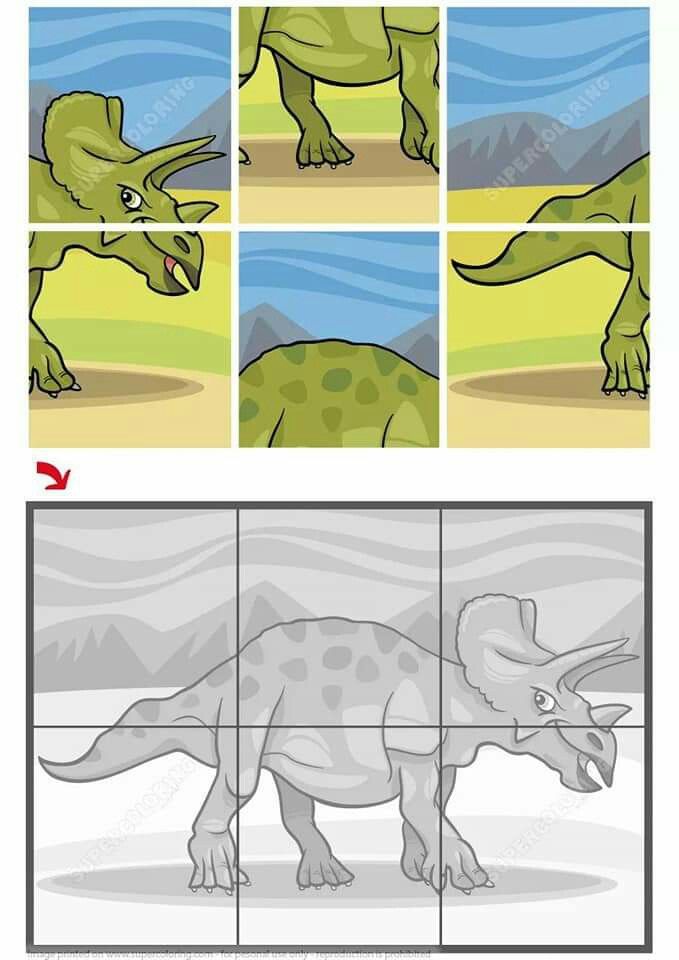 They lived in the territories of the USA, East Africa, Western Europe, Australia, Russia. Their bones were first found in Bavaria (Germany) in 1784.
They lived in the territories of the USA, East Africa, Western Europe, Australia, Russia. Their bones were first found in Bavaria (Germany) in 1784.
Other "prominent" dinosaurs
Largest : seismosaurus. It weighed over 50 tons and reached 36 meters in length. Found in what is now the United States.
The heaviest : titanosaur (up to 80 tons!)
The smallest : compsognathus. Its average length was only 60–100 cm, and its weight was about 2 kilograms, but this baby had more than 60 sharp teeth. Found in what is now Germany.
The very first : of those currently explored, either Herrerosaurus or Eoraptor. Both bipeds lived approximately 230-225 million years ago.
The longest necked : according to modern data, this is a Mamenchisaurus. Its neck reached 14 meters in length.
The fastest : Ornithomemmosaurus. He ran at speeds up to 50 kilometers per hour.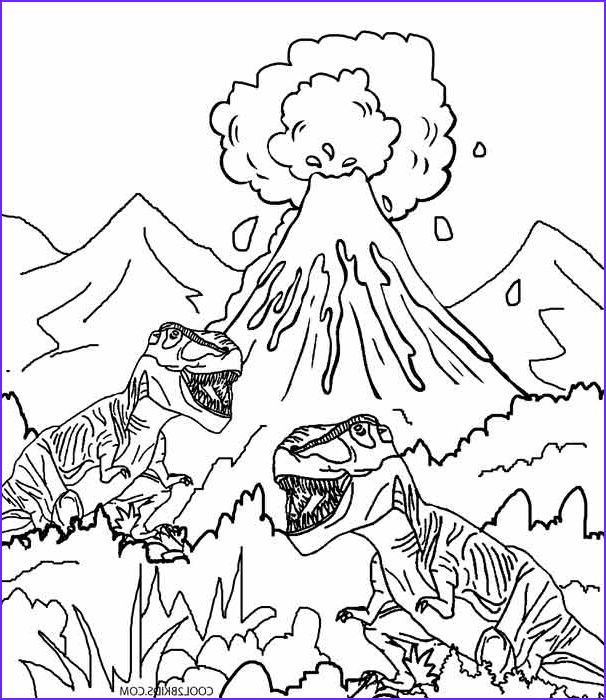
The most big-eyed : Dromiceiomyom. His eyes were on the sides of his head. Thus, this dinosaur created an excellent overview - and an advantage over enemies.
The most toothy : Hadrosaurus. He had 980 teeth!
The "longest-named" : micropachycephalosaurus (meaning "small fat-headed lizard"). Most often, his bones are found in China.
Possibly the smartest : troodon. His brain was the size of a bird—comparatively large. Most dinosaurs had small brains, about the size of a walnut.
Interesting facts about dinosaurs
- The closest living relative of dinosaurs is the crocodile. Birds are direct descendants of dinosaurs.
- The first dinosaurs were small. Larger ones appeared much later. In addition, the first dinosaurs were predators.
- Dinosaurs are believed to have excellent eyesight and a good sense of smell. They had large eye sockets and nostrils and large areas of the brain responsible for sight and smell.
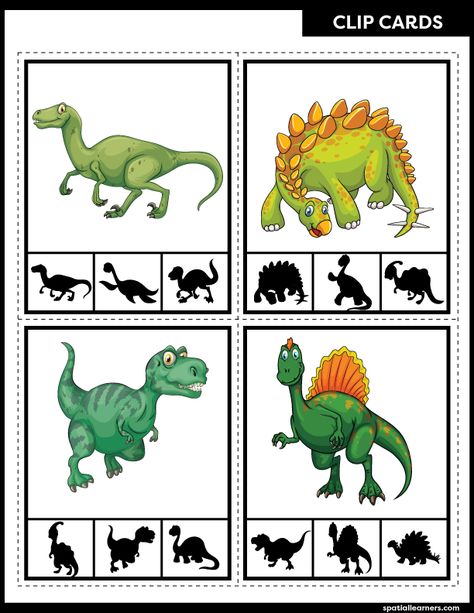
- Some dinosaurs built nests. But not for life, of course, but for laying eggs. Scientists do not rule out that small dinosaurs could sometimes hide in caves.
- Experts still don't understand how dinosaurs slept. Perhaps herbivores are standing, and predators, which the structure of the skeleton allows, are lying down.
- Dinosaurs lived in an era when there were about 22 hours in a day. As you know, the rotation of the Earth is gradually slowing down.
- Dinosaurs were unknown in ancient China. And their bones were considered the bones of dragons and used in medicine! One of the Indian tribes thought that these were the remains of the larger ancestors of the buffalo, and the British did not even rule out that these were the bones of giant people. Or, well, elephants.
- Dinosaurs did not have to wash themselves: the dried mud fell off the scales by itself or was thrown off along with them.
- Dinosaurs in search of food and places to live could migrate great distances - to entire continents.
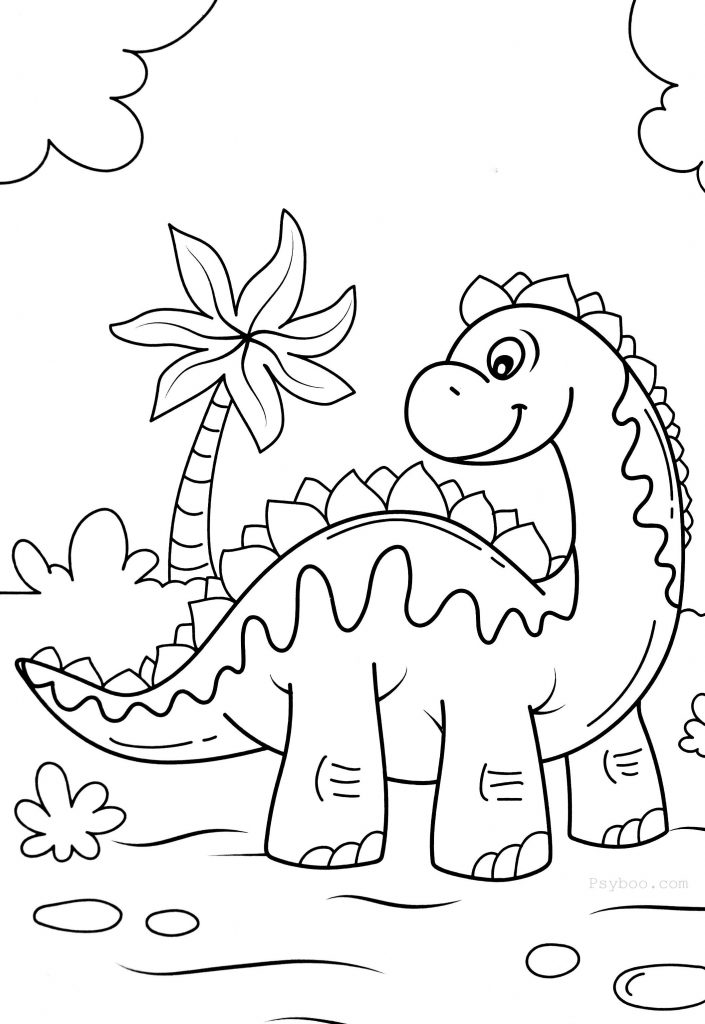
- Huge dinosaur bones weren't as heavy as we think. Because most of them were hollow inside, like modern birds.
- Many dinosaurs went hunting at night.
- The largest dinosaur eggs were the size of a basketball. At a time, a dinosaur could lay from one to four dozen eggs.
- The very name "dinosaur" was born in the 19th century. In 1824, the president of the Royal Geological Society mentioned huge bones discovered in 1815 in Great Britain. In the future, experts found other huge animal bones, and in 1842, biologist Richard Owen identified a suborder of "terrible lizards" (dinosaurs).
- A relatively new species of dinosaur was discovered in 2015. Because of the short horns above the eyes, this species was called "hellboy" (as a comic book hero).
- Most likely, the dinosaur is not the largest creature on Earth. The weight of a blue whale can reach 170 tons - this is more than the weight of even the largest dinosaur.
- In the state of Colorado (USA) there is a City of Dinosaurs.
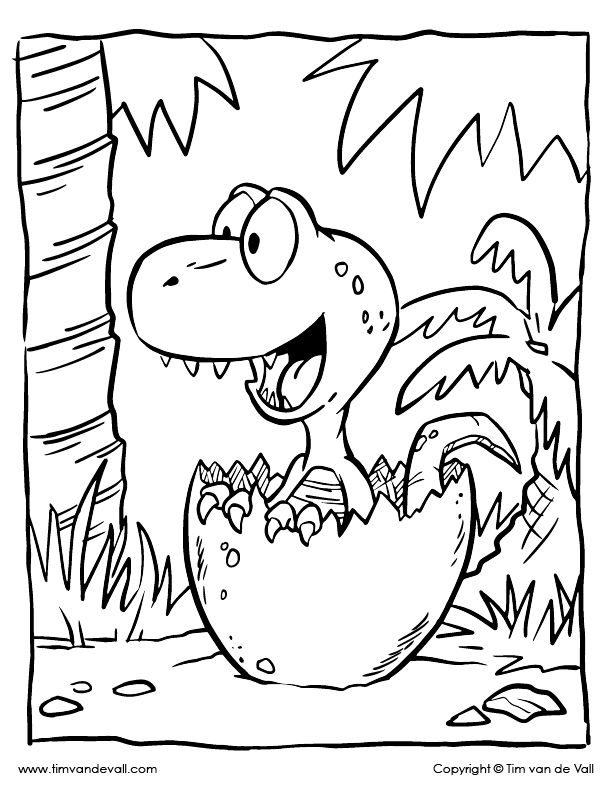 The streets there are named after different types of these ancient creatures.
The streets there are named after different types of these ancient creatures.
What dinosaurs didn't do:
- didn't fly;
- did not live at sea;
- did not hibernate;
- did not sweat;
- did not have a couple for life;
- did not drop their tail like lizards;
- were not viviparous (at least, scientists do not know anything about this).
On the other hand, scientists continue to excavate and research. It is possible that we still have a lot to learn about dinosaurs.
Geography courses for children 6-13 years old
We introduce children to the most important places
of Russia and the countries of the world in an exciting format through games, stories and riddles
learn more
Coloring dinosaurs print | Color it!
Dinosaurs got their name in the 19th century from the Greek words "terrible" and "lizard". Despite the fact that the last of the ancient lizards died out about 64 million years ago, much earlier than the appearance of the first human ancestors, these creatures are perhaps of the greatest interest to people.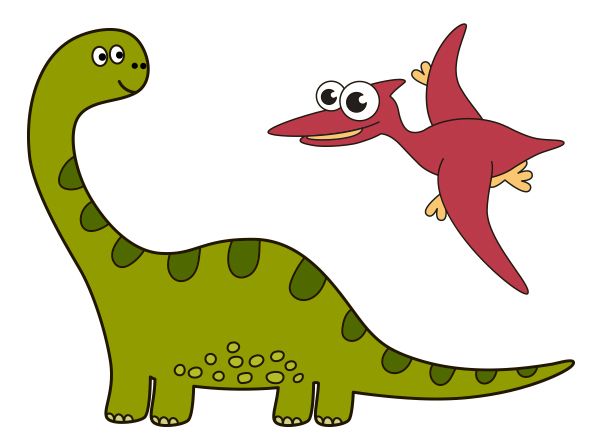 Dinosaurs were the rightful owners on the planet for a very long period - more than 160 million years. They dominated both on earth and above it - in the air and even in the sea, there was a huge number of their types and sizes - the largest were several tens of meters in length.
Dinosaurs were the rightful owners on the planet for a very long period - more than 160 million years. They dominated both on earth and above it - in the air and even in the sea, there was a huge number of their types and sizes - the largest were several tens of meters in length.
There are over 60 dinosaur coloring pages on this page. There are images of dinosaurs that lived on land, coloring pages of pterosaurs - flying reptiles, and coloring pages of ichthyosaurs - marine reptiles.
1. Brachiosaurus.
The Brachiosaurus depicted in the first coloring page is a herbivorous dinosaur, which for a long time was considered the tallest among them.
- In ancient Greek, its name means "shouldered lizard".
- This dinosaur was up to 13 meters high and its neck was 8 meters long.
- Brachiosaurus weighed over 35 tons.
- The long neck allowed the Brachiosaurus to feed on the leaves of tall trees, which were its main food.
2.
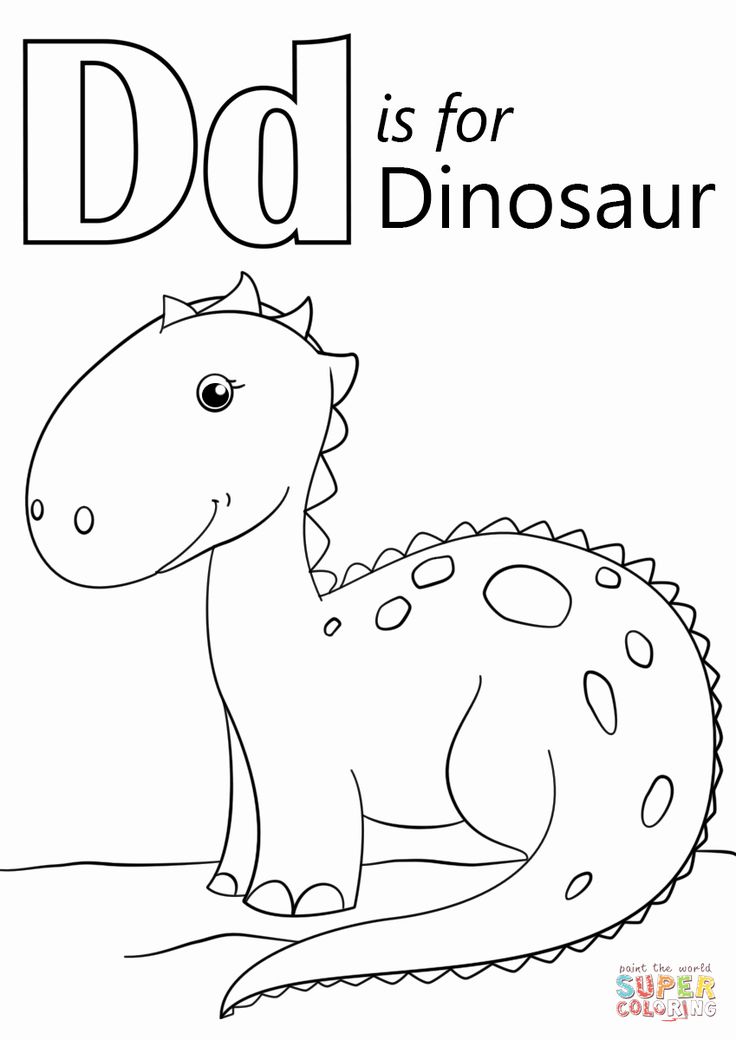 Dimetrodon.
Dimetrodon. On the second dinosaur coloring page, you will see Dimetrodon. This creature was a predator and had a characteristic sail on its back.
- 13 species of dimetrodon are known, ranging in size from 1.5 to 4.3 meters in length.
- The sail on the back served the dinosaur for thermoregulation.
- Dimetrodons were not picky eaters and ate absolutely any animals (including dinosaurs) that they could handle.
3. Plateosaurus.
Plateosaurs moved in herds along the banks of water bodies, where there was a large amount of vegetation for their food.
- Plateosaurus was 10 meters long and weighed 700 kg.
- It had a pear-shaped body and a long neck, while its head was small and narrow.
- Plateosaurs chewed their food badly and swallowed stones that had already ground it in the stomach.
4. Bauri coelophysis.
The coelophysis shown in the fourth coloring page was a small carnivorous dinosaur.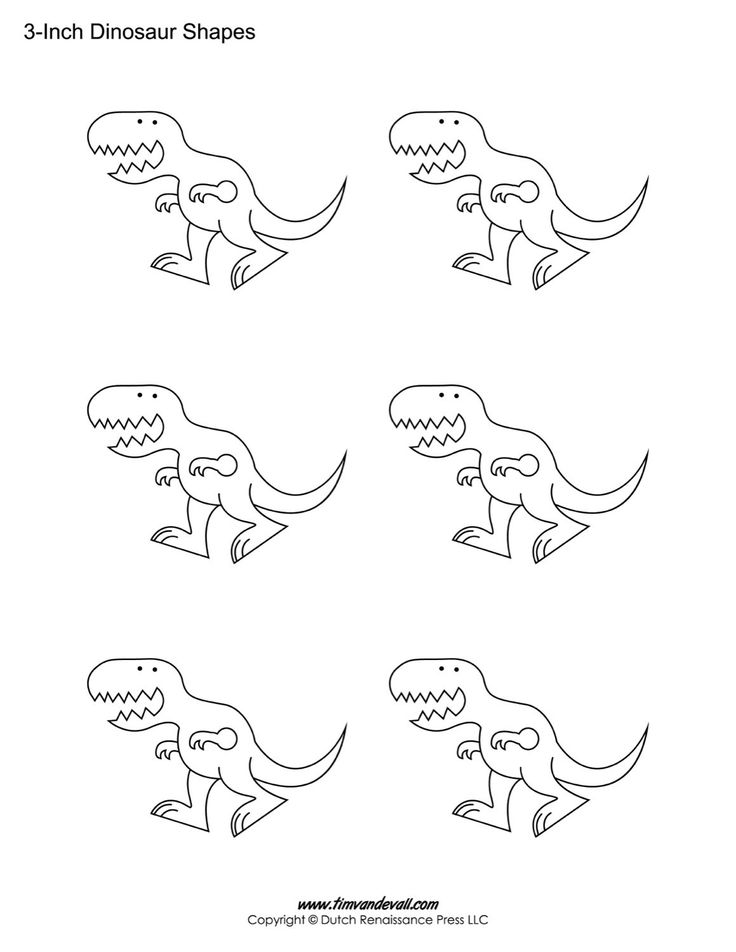 Its bones were empty inside, thanks to which the lizard got its name (from the ancient Greek "empty form").
Its bones were empty inside, thanks to which the lizard got its name (from the ancient Greek "empty form").
- Coelophysis is small compared to other dinosaurs - its weight barely reached 30 kg.
- Coelophyses ran fast and hunted in groups.
- They moved on their hind legs, and the front ones were short, but very tenacious.
5. Diplodocus.
Diplodocus is the largest of all dinosaurs in our coloring pages. In general, it is the largest among the dinosaurs that have been studied from the found complete skeletons.
- The length of this giant could exceed 30 meters, and its weight - 20 tons.
- Despite the more than impressive size of Diplodocus, his brain was just tiny - no more than a chicken egg.
- With the help of a long tail, the dinosaur kept its balance and defended itself from a few enemies.
6. Pterodactyl.
Flying lizards are represented in coloring pages by Pterodactyl and its subspecies Pteranodon.